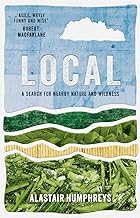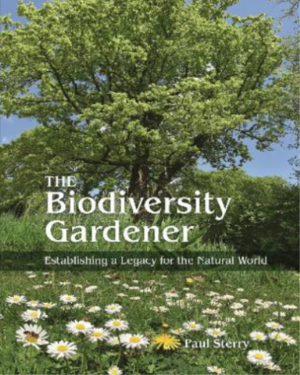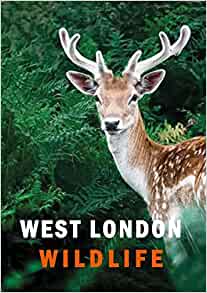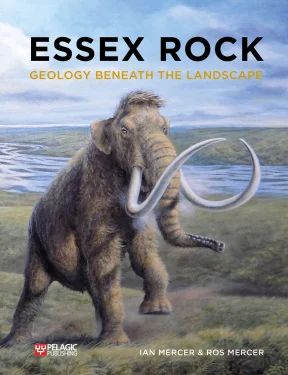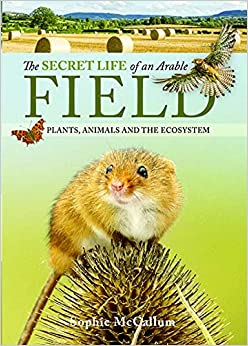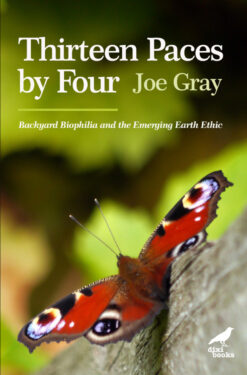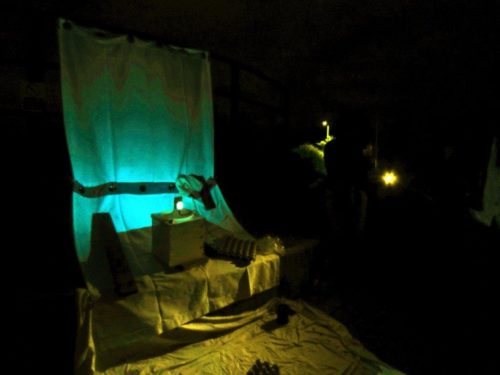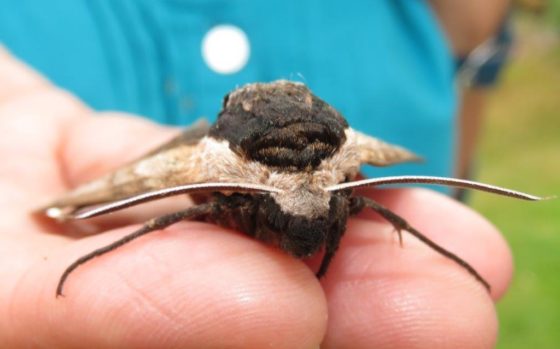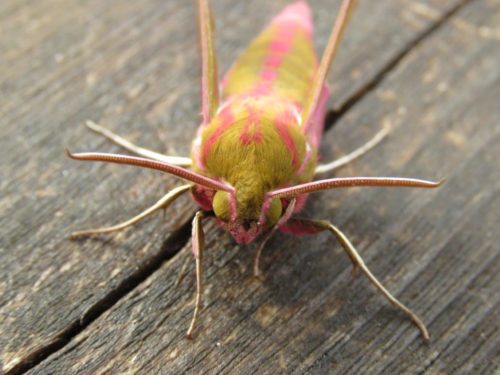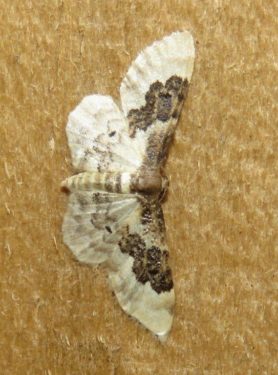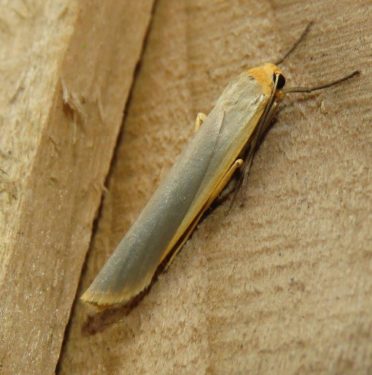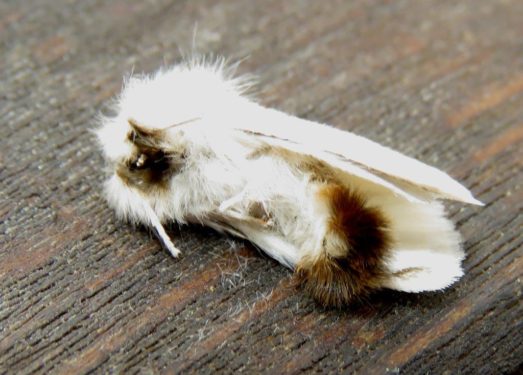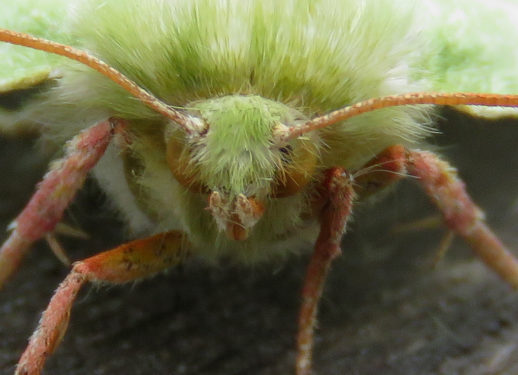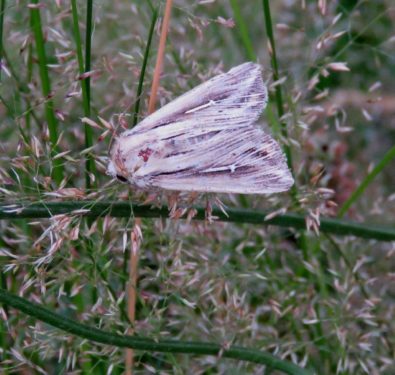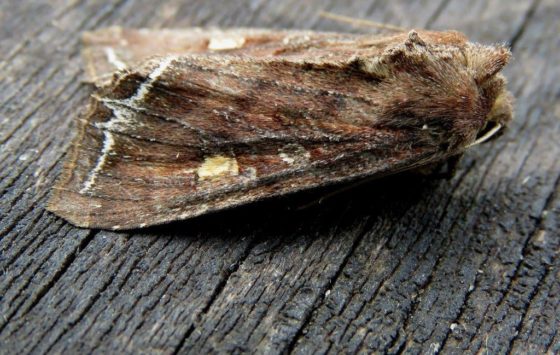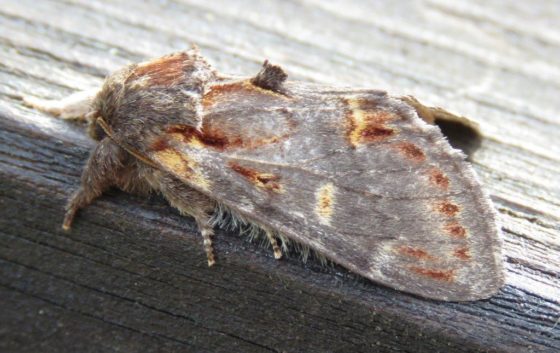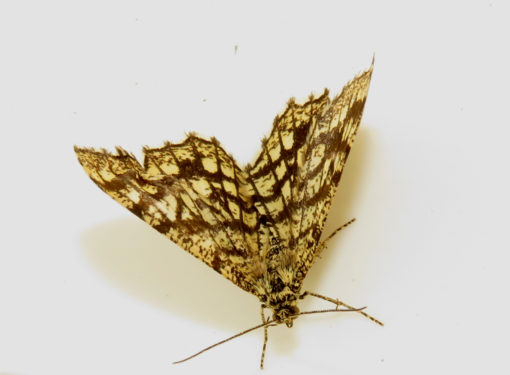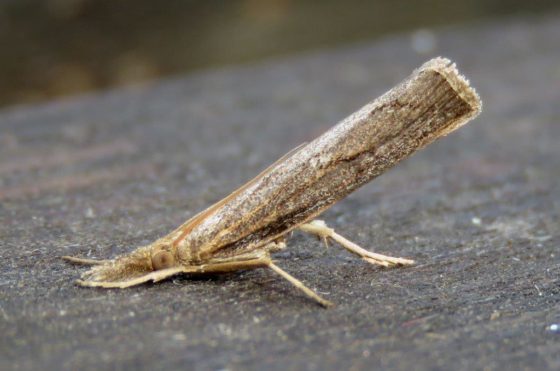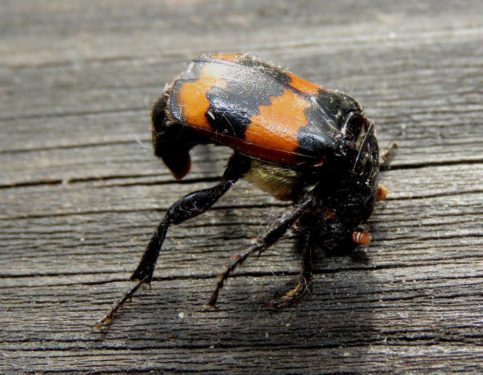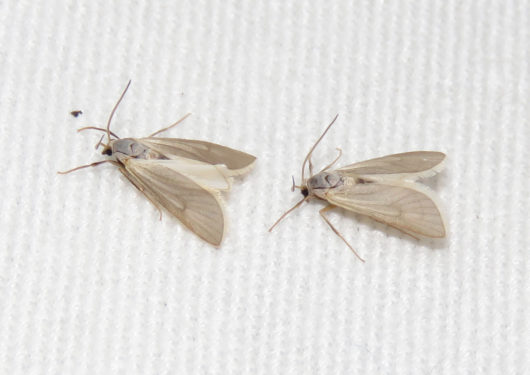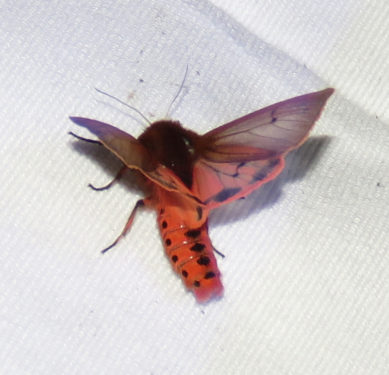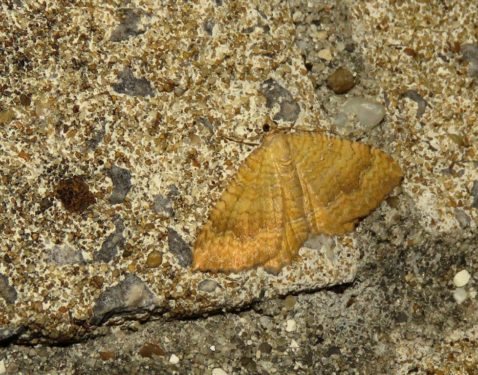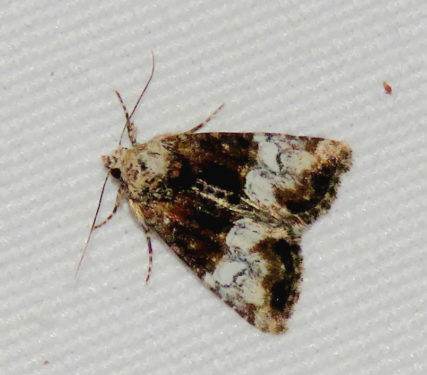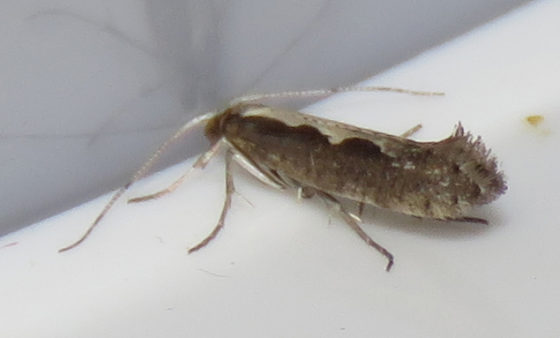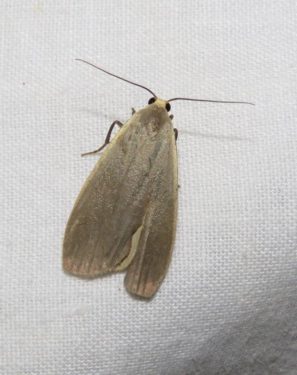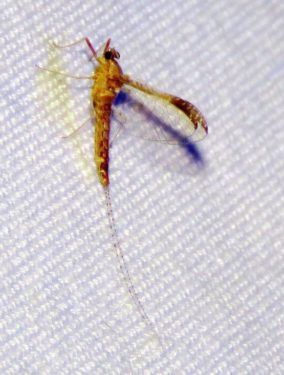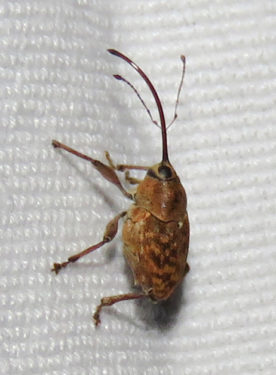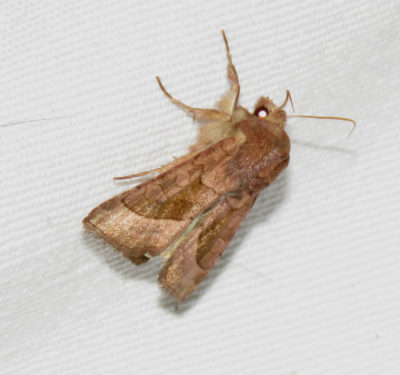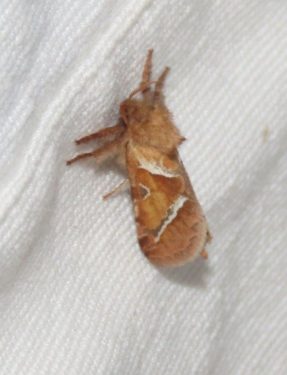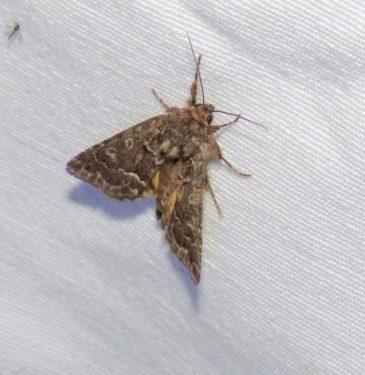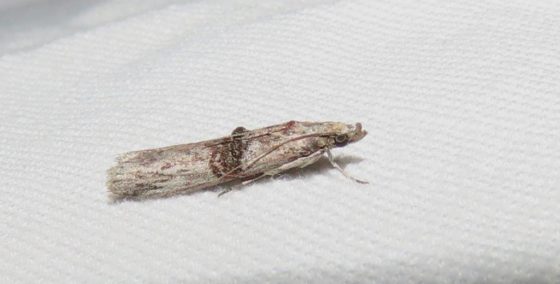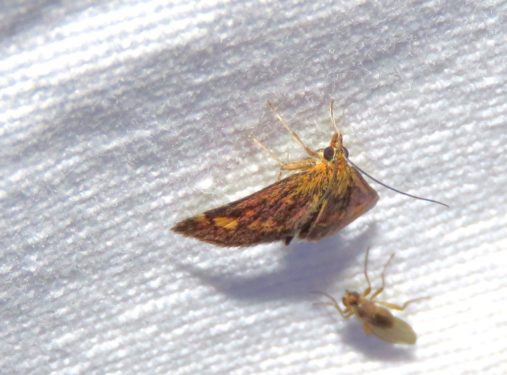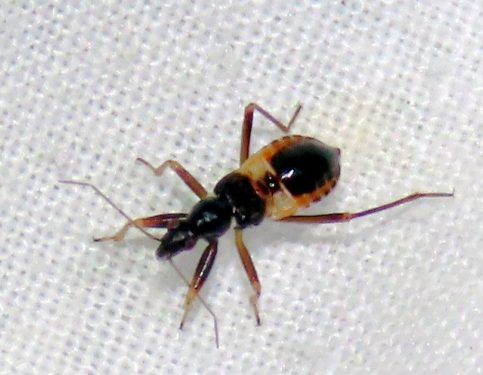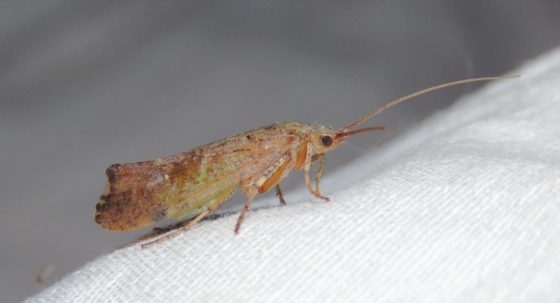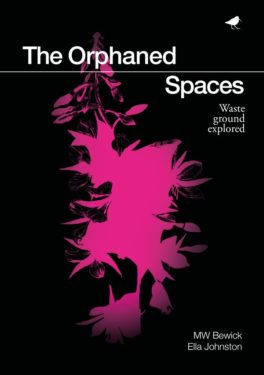BOOK REVIEW Modern medicines from plants: Botanical histories of some of modern medicine’s most important drugs Editor Henry Oakeley, Royal College of Physicians. CRC Press 2024. pp. 393
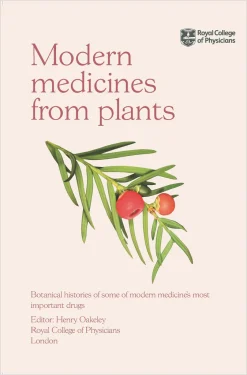 Since the dawn of history, and probably for much longer that, human beings have sought remedies for ailments and frailties of the body from the natural world. And much has been written over the millennia about the curative properties of plants, from ancient Greek and Roman times of Dioscorides and Pliny, through the English medieval herbalists such as Culpeper and Gerard, to Richard Mabey’s Plants with a Purpose in the 20th century and the magisterial two-volume Compendium of Symbolic and Ritual Plants in Europe, by de Cleene & Lejeune of Ghent University at the start of the 21st. And of course nowadays in the hedgewitchery corners of the internet and social media…
Since the dawn of history, and probably for much longer that, human beings have sought remedies for ailments and frailties of the body from the natural world. And much has been written over the millennia about the curative properties of plants, from ancient Greek and Roman times of Dioscorides and Pliny, through the English medieval herbalists such as Culpeper and Gerard, to Richard Mabey’s Plants with a Purpose in the 20th century and the magisterial two-volume Compendium of Symbolic and Ritual Plants in Europe, by de Cleene & Lejeune of Ghent University at the start of the 21st. And of course nowadays in the hedgewitchery corners of the internet and social media…
What is surprising is how many of these claimed uses of plants do in fact have some basis in real life, especially when the claims are based on physical appearance, the Doctrine of Signatures that held that God gave plants signs that would guide their use. Thus we had folk squatting over burning dried Lesser Celandine (‘Pilewort’) leaves just because the knobbly roots looked like haemorrhoids. In some respects, though it is not so surprising that some ‘folk cures’ work, firstly through the placebo effect, and secondly because if you ascribe sufficient medicinal properties to sufficient plants, at least some will hit the jackpot.
But now we have this book, covering some of the same ground but very different. Based on medical science and evidence, written by a team of respected physicians, Garden Fellows of the Royal College of Physicians no less, this takes a look at the botanical origins of, or inspirations for, some of our most important medicines, specifically prescription-only drugs.
Written by experts, this is not just for experts. Even I, a mere ecologist, a doctor of the philosophical kind rather than a real doctor, found it understandable and fascinating throughout, even remarkably shot through with flashes of dry humour! Each short chapter covers one plant, or small group of plants, some fifty in all, that have played a part in the development of modern medicine. Some are well-known (eg Yew and its anti-cancer agents) but many are much less so. There is information for each about its botanical features and natural distribution, garden history and requirements, and copious historical references to its uses (if any). Then details about the isolation and use of the drugs found in the plant, and as often as not the application of scientific ingenuity to ‘tame’ the drugs such that they are more likely to effect a sustainable treatment rather than a terminal ‘cure’.
The level of detail is impressive and evidently well-researched. Although I read it in linear fashion from cover to cover (yes, I was really that taken with it!), many may prefer to dip in and out of it. And taking it in small doses, like many of the best medicines, is certainly the best way to appreciate the depth of this work.
In every chapter I found untold delights. For example, Chapter 5, on the plants that provide caffeine (tea, coffee and chocolate) has, almost as an afterthought, fascinating details of the health benefits these drinks, unrelated to their caffeine content (well, described as ’potential’ health benefits, but they sound pretty convincing to me!). Then there is Chapter 23, about lidocaine (the dental anaesthetic) derived from just two, only distantly related, grasses, one of which is a chlorophyll-deficient mutant, the other having been discovered only because camels refused to eat it. And as a final example, Chapter 33 about the Calabar Bean with its seriously toxic seeds, from which comes a drug that can reverse the toxicity of atropine and the paralytic effects of curare. The historical section of this chapter details the use of the seeds, also called ‘ordeal beans’, as a test of witchcraft in Nigeria. The accused was forced to ingest the beans: if they vomited and survived, they were deemed innocent, but if they died, they were guilty. Quite a reversal from the English approach to witchfinding, where survivors of the ducking ‘ordeal’ were pronounced guilty and executed!
The physical feel of the book is of quality. At 393 pages and approximately B5 in size, it comes in at a substantial 920g, as a result of the weight of the paper. Illustrated throughout with photos and linocuts, it is attractive as well. If I have any criticism, it is that to me the typeface seems a little small or insubstantial and the space between the lines a touch too much for really comfortable reading. Given the level of detail, one much expect a few errors… but I noticed no typos, and only one tiny factual error, and a nitpicky one at that: Hordeum jubatum is described as a ‘hybrid grass’. It is not: it is a full species that is derived through chromosome doubling from a hybrid between two species, one now extinct.
One final remarkable thing about the book is the stories of useful pharmacologically active chemicals being found in plants where there are no prior indicators from the history of folk medicine. In an extinction crisis, one argument we use is the utilitarian mantra that any plant may have hitherto unrecognised qualities for human health. All too many commentators, especially those with an ideological or financial stake in not reining-in our destruction of the biosphere, argue that nobody is looking for those hidden nuggets. Well, this book shows they have been looking (with success), they are still looking, and that it would be folly to eradicate the wonders of evolution that future screening, or bio-prospecting, needs as its feedstock.
So, I recommend this book wholeheartedly to any botanist, gardener or indeed anyone with than interest in the plants around us. Talking of which, it also informed me of the existence of the Garden of Medicinal Plants at the Royal College of Physicians, in which many of the featured plants are grown. It is open to the public, free (see https://garden.rcplondon.ac.uk) and I understand there are also guided walks around it once a month (booking required). Sounds fascinating, and we will certainly be visiting this coming summer. It should be interesting to compare and contrast with the Chelsea Physic Garden which represents the more herbalist angle of the magnificent diversity of plants.
Dr Chris Gibson, Wildlife Advocate, Beth Chatto Gardens
Available from the Royal College of Physicians, £22.49 at https://shop.rcp.ac.uk/collections/garden-books/products/modern-medicines-from-plants?variant=40238963785806
